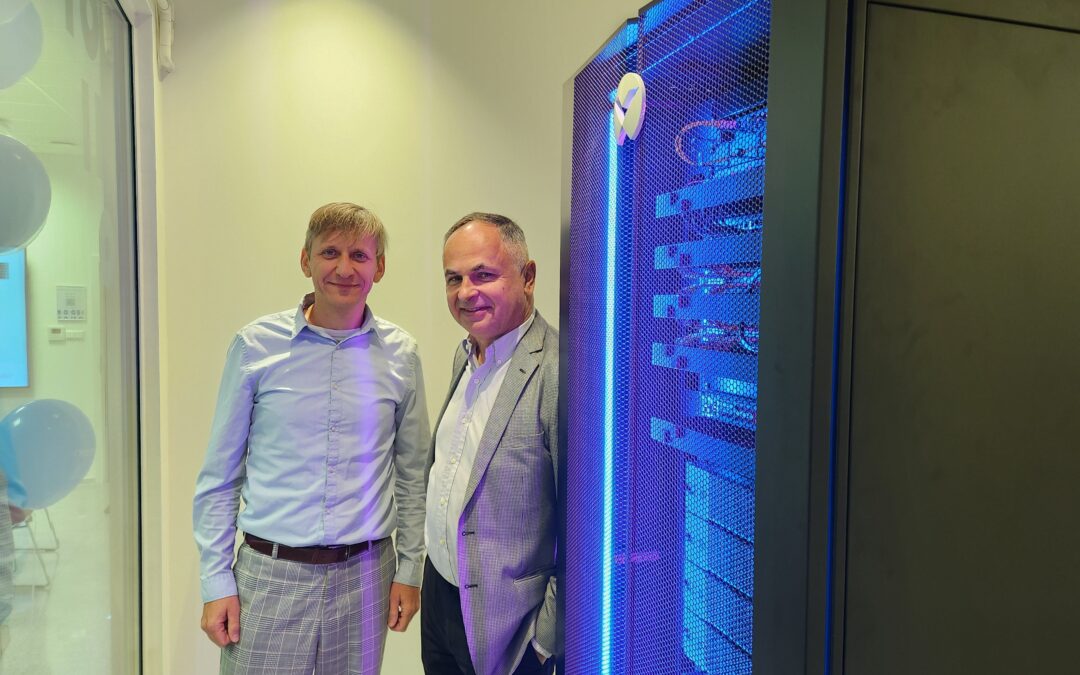Here’s a rundown of official sources from Broadcom’s website detailing what’s new in VMware Cloud Foundation 9 (VCF9), including features related to SDN, VPC and automation:
1. **Broadcom unveils the future of VMware Cloud Foundation**.
Official announcement of VCF9, including simplified management, self-service portal and native VPC support.
https://investors.broadcom.com/news-releases/news-release-details/broadcom-unveils-future-vmware-cloud-foundation
2 **Broadcom announces new version of VMware Cloud Foundation**.
Information on simplified deployments, management console consolidation, and support for multi-tenancy and network services.
https://news.broadcom.com/releases/vmware-cloud-foundation-9-0
3 **Broadcom’s strategic shift: VMware’s return to the private cloud**.
A description of VMware’s shift in strategy to the private cloud and VCF9’s role in this transformation.
Broadcom’s Strategic Shift: VMware’s Return to Private Cloud Emphasized at VMware Explore 2024 Las Vegas
4 **VMware Cloud Foundation delivers private cloud platform**.
Details on VCF9’s support for AI, digital sovereignty and security.
https://investors.broadcom.com/news-releases/news-release-details/vmware-cloud-foundation-delivers-private-cloud-platform
5 **Broadcom announces deprecation of VCF Automation Pipelines**.
Information on the withdrawal of the VCF Automation Pipelines feature in version 9.
https://news.broadcom.com/releases/vmware-explore-2024-barcelona-vmware-cloud-foundation
These sources provide comprehensive information on the new features and changes introduced in VMware Cloud Foundation 9, especially in the context of SDN, VPC and private cloud management automation.
#VMwareCloudFoundation #VCF9 #PrivateCloud #SDN #VPC #NSX #ITAutomation #VMwareNSX #DataCenter #PrivateCloud #vSphere #DevOps #NetworkVirtualization #InfrastructureAsCode #CloudManagement #CloudOps #VMware #Broadcom #DigitalTransformation #VCFAutomation




